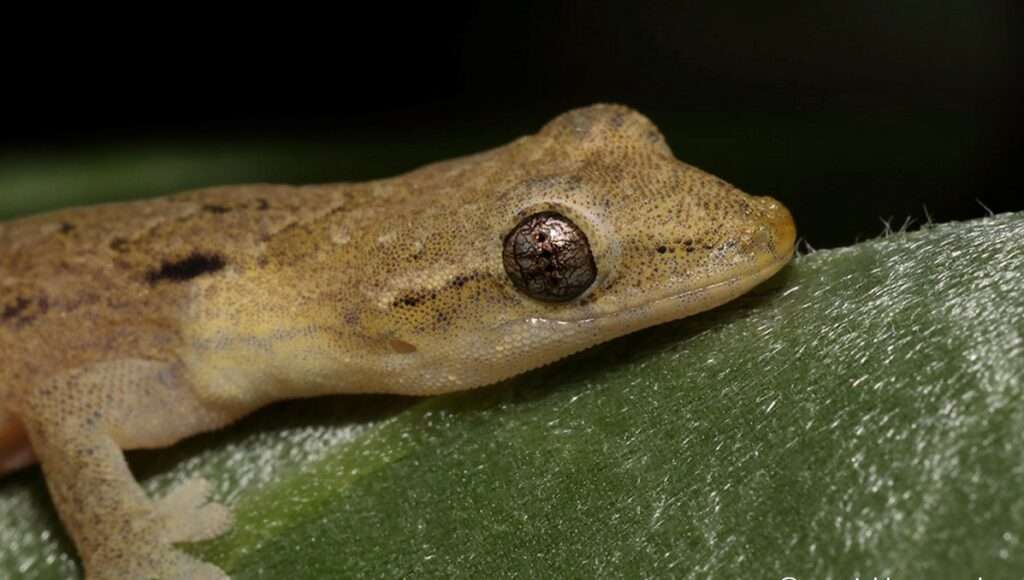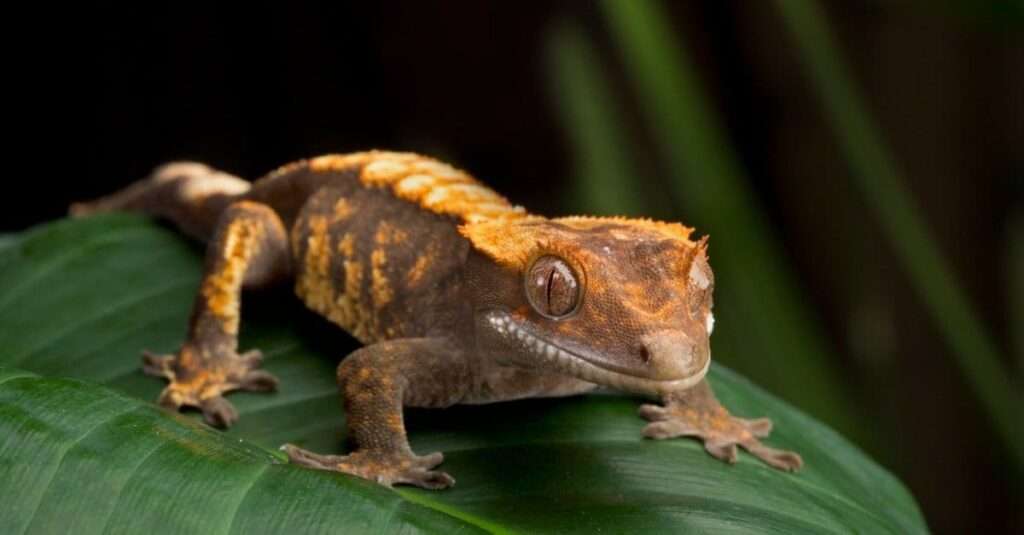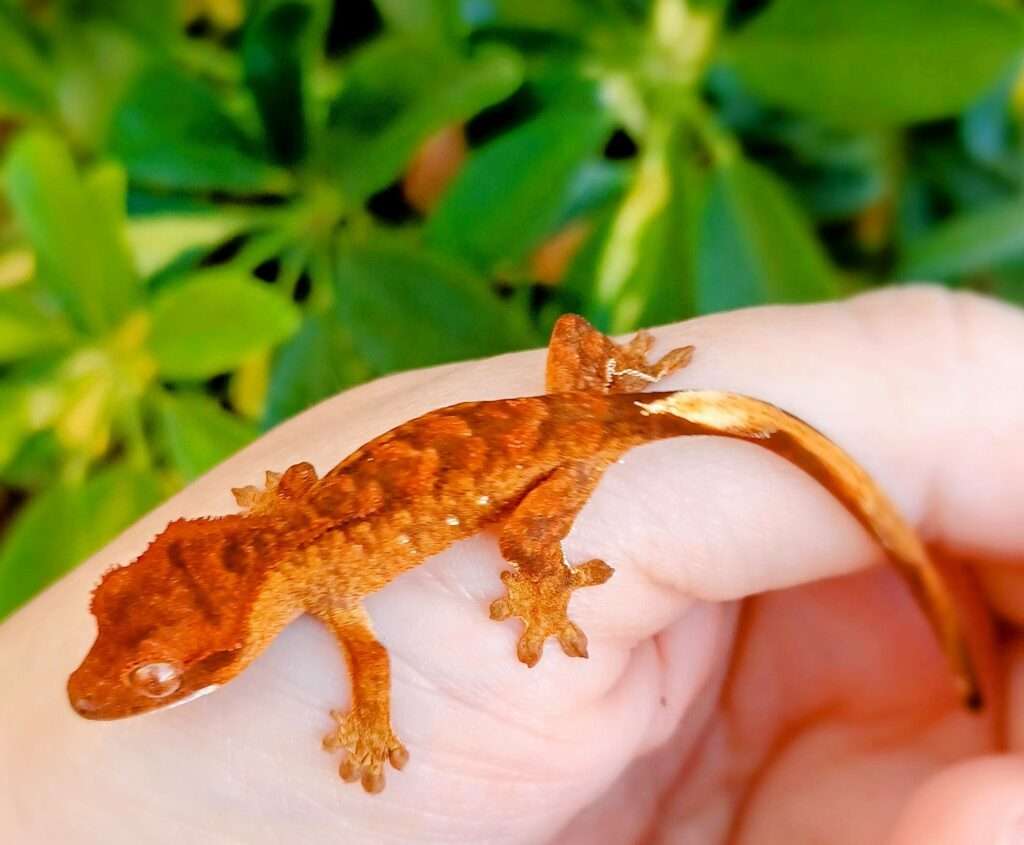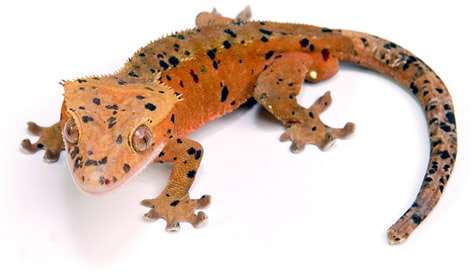
Description:
Scientific name: Lepidodactylus lugubris
Life span: 10-15 years
The mourning gecko, also known as the common smooth-scaled gecko, is a species of lizard belonging to the family Gekkonidae. Typically pale to dark tan with dark dots running the length of its back and a brown stripe running from the ear to the tip of its nose, L. lugubris has cryptic coloring. Due to this species’ ability to change hue, a single individual may seem either light or dark depending on the time of day.
Native Region/Habitat
This species is common along the coasts of the Indian and Pacific oceans, including Western Samoa, the Society Islands, Guam, Pitcairn, Sri Lanka, the Maldives, India, Malaysia, Myanmar, Hawai’i, Thailand, Vietnam, Japan, Cambodia,Taiwan, China, Singapore, Indonesia, and Papua New Guinea.

Behavior:
Although L. lugubris is generally nocturnal, it can occasionally be found during the daytime, unprotected but close to cover.
This species, which is almost exclusively female, reproduces through parthenogenesis. Males do occasionally exist, but they are extremely uncommon and frequently infertile. The females, who deposit one to two eggs at a time, glue the eggs to surfaces in safe areas. There are clutches every 4-6 weeks.
Care As a pet/In captivity:
Enclosure: The first step is to build an appropriate enclosure. Mourning geckos may live contentedly in a small five-gallon terrarium due to their small size. Nonetheless, a fairly large enclosure is the best, according to the majority of herpetology enthusiasts. Mourning geckos are naturally social animals, therefore they do best in smaller packs of five or six.
You’ll require an enclosure that is at least 12 inches long, 12 inches wide, and roughly 18 inches tall to house a community of that size. It will use an aquarium tank. Many aficionados prefer the usage of a terrarium with front-facing doors and movable ventilation slits, though.
Temperature & Lighting: The ideal daytime temperature for mourning geckos is between 70 and 80 degrees Fahrenheit. Although nighttime lows can reach 65 degrees, if they do so frequently, you’ll need to buy a heat emitter to keep your gecko comfortable.
Another crucial thing is creating a slightly warmer basking area. Mourning geckos change locations within the container as a means of thermoregulation. They are able to achieve the ideal body temperature via a temperature gradient. Use a basking lamp to elevate the temperature to 85 degrees on a high climbing place.
Humidity: Care for mourning geckos must include providing a high level of humidity. For this species to thrive, there must always be a minimum of 50% humidity. Aim for between 60 and 70 percent for the best outcomes. Purchasing a hygrometer is usually a smart move. Spray the enclosure every day with a mister or install an automatic mister to maintain relative humidity levels.
Food & Diet: Mourning geckos eat a range of items in the wild. They need both high-protein meals and plant-based foods because they are naturally omnivorous. The finest gecko food is a balanced mixture of insects and commercial food. You can offer pinhead crickets, fruit flies, Calci-worms, and micro roaches as sources of protein. To prevent sickness, always be sure you gut-load the insects.
Dusting them with calcium and vitamin D3 supplement powders a few times a week is also a good idea. Many mourning gecko owners prefer to give their pet’s mashed fruit or commercial feeds with nectar as the primary ingredient.
Table





